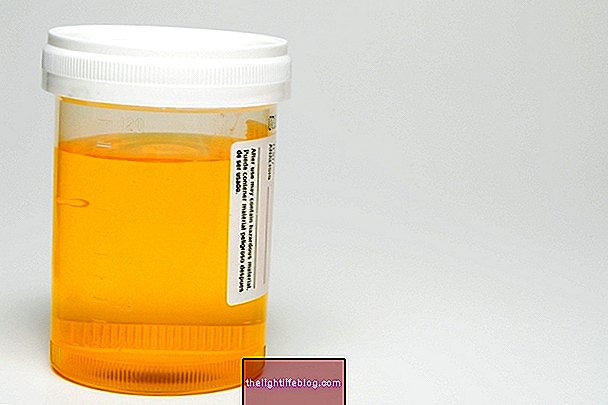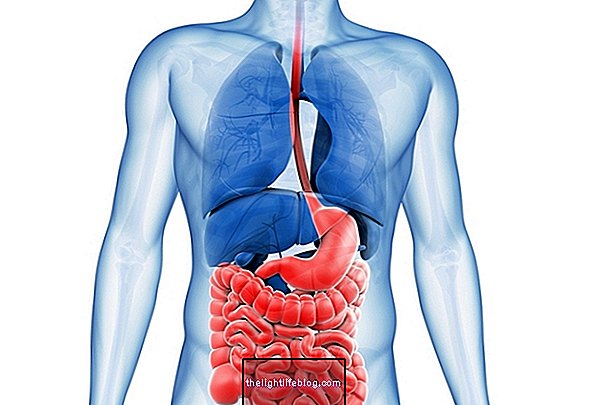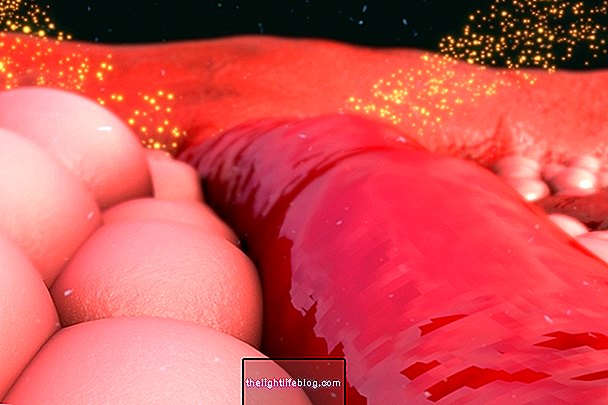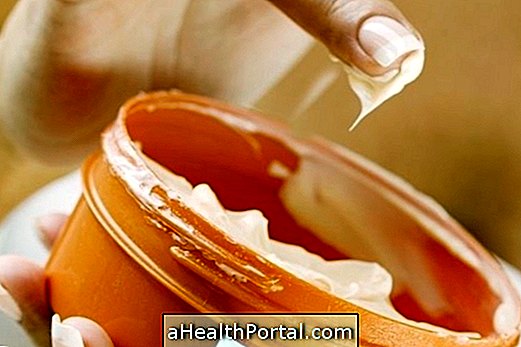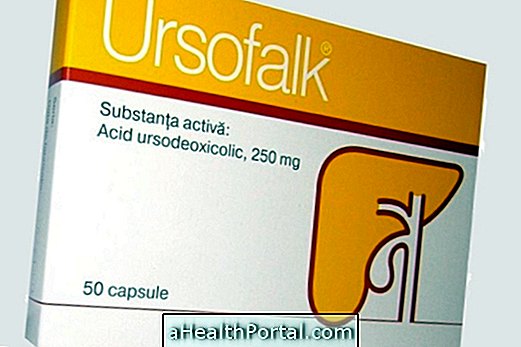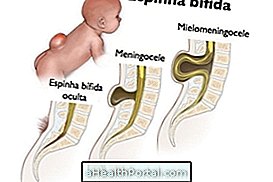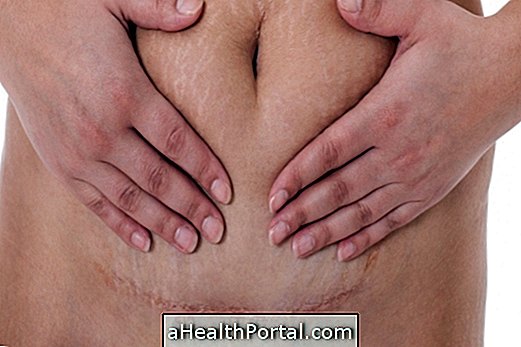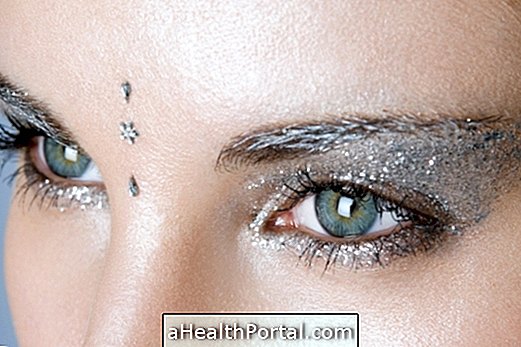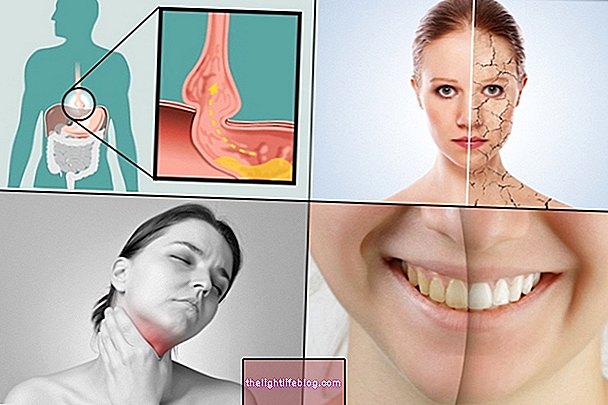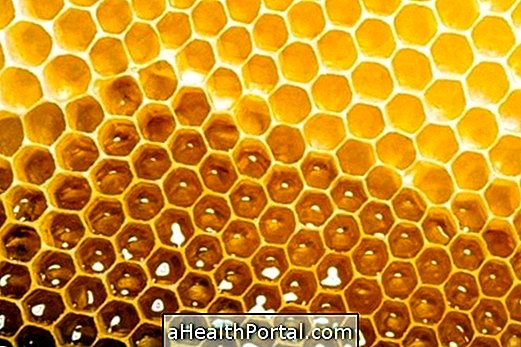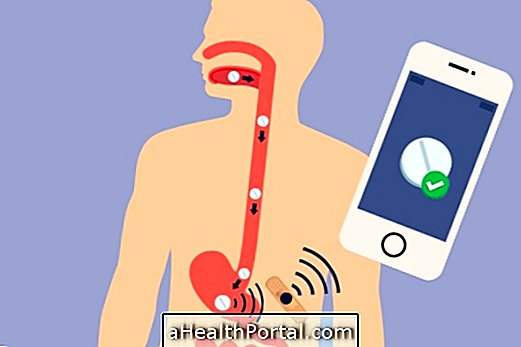Behçet's disease is a rare condition characterized by inflammation of different blood vessels, causing the appearance of skin lesions, mouth sores and vision problems. Symptoms do not usually appear at the same time, with several crises throughout life.
This disease is more common between the ages of 20 and 40, but it can happen at any age, and affects men and women in the same proportion. The diagnosis is made by the doctor according to the symptoms described and the treatment aims to alleviate the symptoms, with the use of anti-inflammatory drugs or corticosteroids, for example, being usually recommended.

Inflammation of blood vessels
Symptoms of Behçet's disease
The main clinical manifestation related to Behçet's disease is the appearance of painful thrush in the mouth. In addition, other symptoms of the disease are:
- Genital wounds;
- Blurry vision and red eyes;
- Frequent headache;
- Sore and swollen joints;
- Recurrent diarrhea or bloody stools;
- Skin lesions;
- Formation of aneurysms.
The symptoms of Behçet's disease do not necessarily appear at the same time, in addition to there being symptomatic and asymptomatic periods. For this reason, it is common for some symptoms to appear during a crisis and, for another, completely different ones to appear.
Neurological symptoms
The involvement of the brain or spinal cord is rare, but the symptoms are severe and progressive. Initially the person may experience headache, fever and stiff neck, the symptoms being similar to meningitis, for example. In addition, there may be mental confusion, progressive memory loss, personality changes and difficulty thinking.
How the diagnosis is made
The diagnosis of Behçet's disease is made from the symptoms presented by the doctor, as there are no laboratory tests and images capable of closing the diagnosis. However, it may be necessary to perform blood tests to exclude the possibility of other diseases that have similar symptoms.
If another problem is not discovered, the doctor can arrive at the diagnosis of Behçet's Disease if more than 2 symptoms appear, especially when sores in the mouth appear more than 3 times in 1 year.
What is the recommended treatment
Behçet's disease has no cure and, therefore, treatment is done only to relieve the symptoms presented by the patient and improve the quality of life. Thus, the doctor may recommend the use of corticosteroid or anti-inflammatory drugs to treat pain during attacks or immunosuppressive drugs to prevent attacks from appearing so often. Learn more about treatment for Behçet's disease.
Was this information helpful?
Yes No
Your opinion is important! Write here how we can improve our text:
Any questions? Click here to be answered.
Email in which you want to receive a reply:
Check the confirmation email we sent you.
Your name:
Reason for visit:
--- Choose your reason --- DiseaseLive betterHelp another personGain knowledge
Are you a health professional?
NoMedicalPharmaceuticalsNurseNutritionistBiomedicalPhysiotherapistBeauticianOther

-o-que--sintomas-e-tratamento.jpg)
